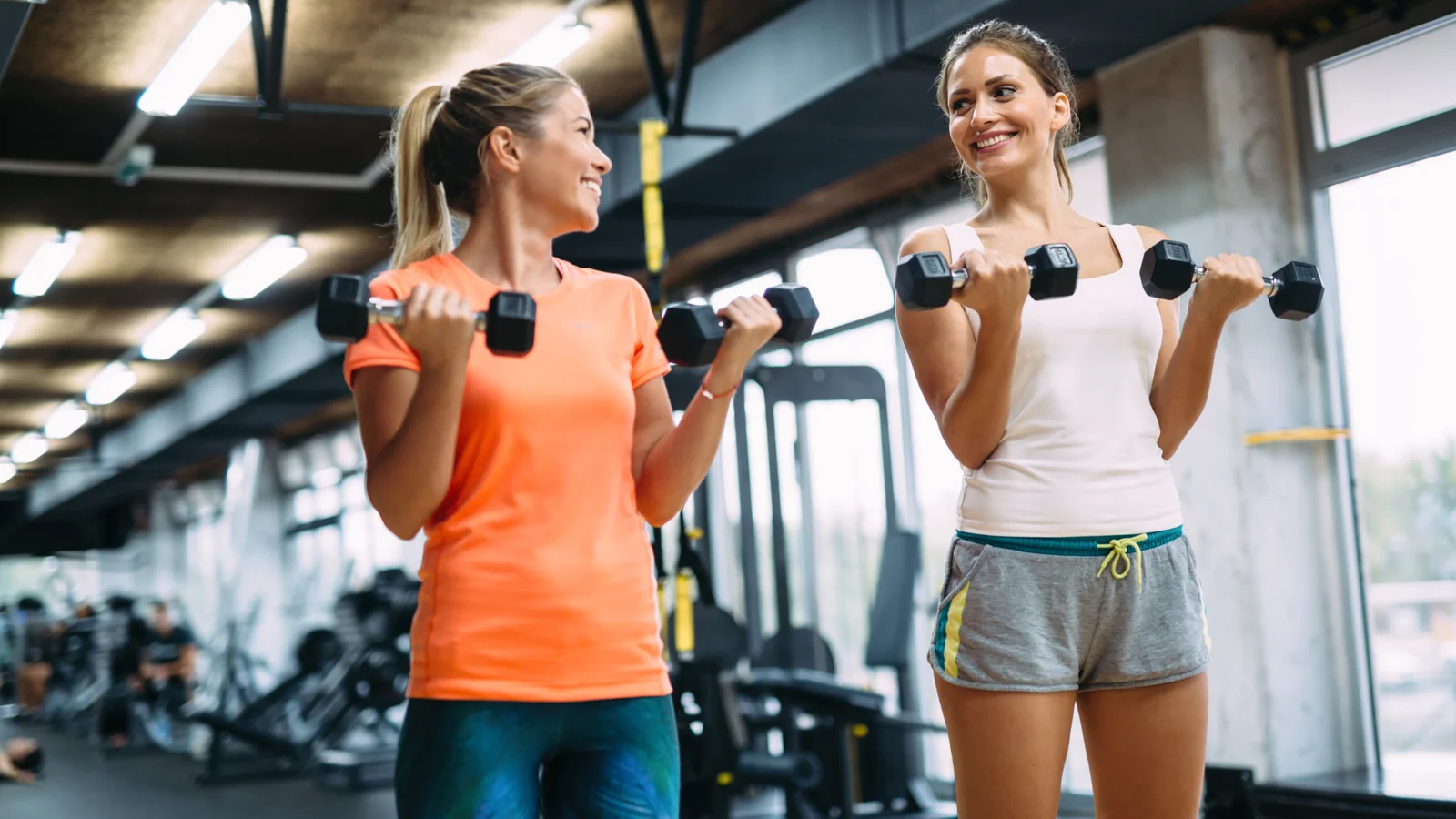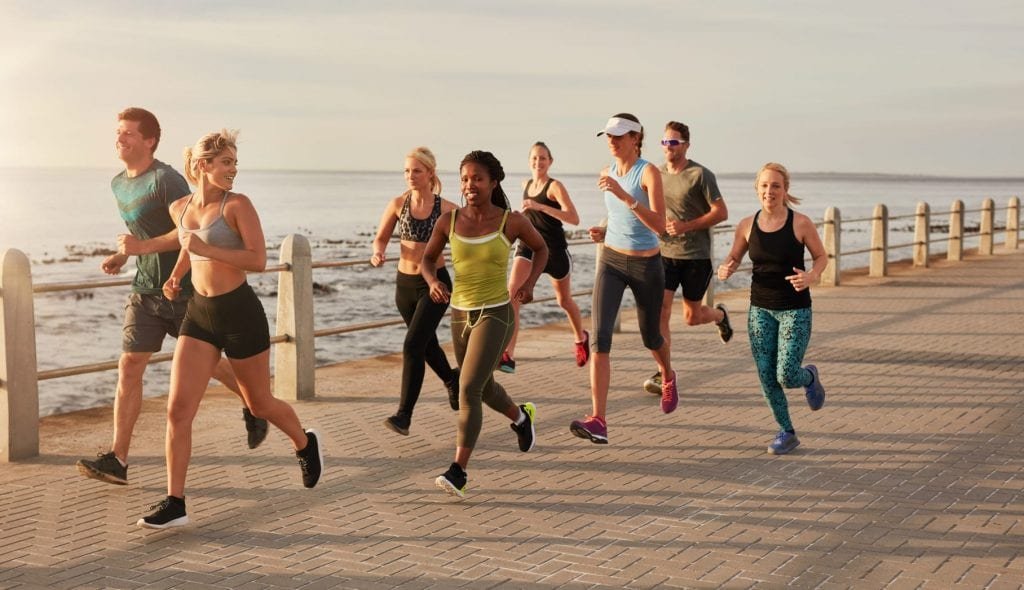Hey there, picture this: It’s a crisp Saturday morning, and I’m lacing up my sneakers for a trail run. The air’s got that fresh bite, birds are chirping like they’re auditioning for a nature documentary, and I’m slipping into a pair of leggings that hug just right—stretchy enough to power through hills, but sleek enough that I could grab coffee afterward without feeling out of place. That’s the magic of sportswear for you. It’s not just gear to sweat in anymore; it’s the sweet spot where looking good meets getting the job done. Over the years, I’ve chased that perfect blend through marathons, yoga flows, and even casual office days, and let me tell you, it’s transformed how I move through life.
This isn’t some abstract trend—it’s personal. Back in my early twenties, I was that guy in baggy shorts and a ratty tee, huffing through workouts feeling more like a participant in a bad ’90s music video than an athlete. Then I discovered brands blending style with smarts, and suddenly, exercise felt less like a chore and more like strutting onto a runway. Today, as someone who’s tested hundreds of pieces from indie labels to giants, I’ll walk you through how sportswear evolved into this powerhouse category. We’ll dive into its roots, the tech making it tick, top picks, and even how to snag your own without breaking the bank or the planet.
The Roots of Sportswear: From Gym Bags to Global Style
Sportswear didn’t just pop up overnight—it’s got deep ties to how we live and play. Born in the early 20th century as practical threads for America’s rising middle class, it championed comfort over corsets, letting women bike and play tennis without a wardrobe malfunction. Think Claire McCardell in the 1930s, whipping up mix-and-match separates that screamed freedom. Fast forward, and it’s exploded into a $350 billion market, projected to hit $550 billion by 2030, all thanks to our love for versatile vibes. It’s funny how something so functional flipped the script on fashion snobs who once sneered at sweatpants.
What started as woolen bloomers for cyclists has morphed into a cultural force. By the 1960s, Italian knits from Missoni were turning heads on runways, proving you could sweat stylishly. Today, it’s everywhere—from Hailey Bieber’s post-gym glow to your neighbor’s weekend hike. This evolution isn’t random; it’s us demanding clothes that multitask as well as we do.
How Fashion and Function Fell in Love
The real spark? Post-WWII innovation. Designers ditched stiff silks for breathable synthetics, creating pieces that moved with you. Spandex hit in 1958, and boom—leggings went from niche to necessity. But it’s the emotional pull that seals it: that rush when your outfit boosts your confidence mid-stride. I remember my first pair of moisture-wicking joggers during a rainy 10K; no chafing, just pure flow. It’s like the clothes get you, turning “I have to exercise” into “I get to crush this.”
This union thrives because we’re busier than ever. Who has time to change between spin class and brunch? Sportswear bridges that gap, blending high-thread-count feels with performance tech. And with athleisure’s rise—up 84% in sales since the pandemic—it’s clear we’re all in on the romance.
Early Pioneers Who Made It Mainstream
Trailblazers like Bonnie Cashin layered leather with knits in the ’50s, influencing everyone from Patagonia to Prada. Her mantra? “Clothes should be as easy as a handshake.” These icons laid the groundwork for today’s seamless shifts from trail to table.
Their legacy lives in how we shop now—prioritizing pieces that adapt. It’s a nod to practicality wrapped in panache, reminding us fashion can be kind to our chaotic lives.
Sportswear vs. Athleisure: What’s the Diff?
People toss these terms around like confetti, but they’re cousins, not twins. Sportswear is your workout warrior—built for sweat, with features like compression for support during deadlifts. Athleisure? That’s the chill sibling, comfy enough for errands but cute for coffee runs. The line blurs, though; think Nike’s Dri-FIT tees doubling as date-night tops.
In my trial-and-error phase, I learned the hard way: grabbing athleisure for HIIT left me soggy and sorry. Sportswear’s edge is in the details—UV protection, anti-odor tech—that athleisure often skips for softer, slouchier fits. Yet athleisure’s won hearts by making “lazy days” look intentional.
| Aspect | Sportswear | Athleisure |
|---|---|---|
| Primary Focus | Performance & durability | Comfort & versatility |
| Key Features | Moisture-wicking, compression | Soft fabrics, casual styling |
| Best For | Intense workouts, sports | Everyday wear, light activity |
| Price Range | $50–$150 per piece | $40–$120 per piece |
| Example Brands | Nike, Under Armour | Lululemon, Free People Movement |
This table breaks it down quick—pick based on your day, not the hype.
Fabrics That Flex: The Tech Behind the Threads
Ever wonder why your old cotton tee turns into a swamp post-sprint? Enter performance fabrics. Polyester blends wick sweat like pros, while nylon adds durability for rough-and-tumble hikes. Spandex? The stretch secret, giving 360-degree freedom without sagging.
I’ve geeked out over merino wool hybrids—naturally anti-microbial, perfect for multi-day treks. Newer stars like Tencel from eucalyptus breathe easy and feel luxe. These aren’t gimmicks; they’re game-changers, cutting laundry days and boosting endurance.
Moisture Management Magic
Sweat’s the enemy, but smart weaves turn it into vapor. Dri-FIT or Coolmax pull moisture away, keeping you dry and distraction-free. It’s like your shirt’s got your back—literally.
One run in bamboo-blend shorts, and I was hooked; cooler than synthetics, softer on skin. These fabrics aren’t just functional—they’re the quiet heroes of longer, happier sessions.
Top Brands Crushing the Fashion-Function Game in 2025
The scene’s stacked with winners, from heritage heavyweights to fresh faces. Nike leads with 94% brand awareness, but challengers like Gymshark are nipping at heels, grabbing 57% of profits. I’ve rotated through dozens; here’s my shortlist for 2025.
- Nike: Timeless tech like Flyknit for runners. Pro: Iconic drops. Con: Crowded collabs sell out fast.
- Adidas: Primegreen recycled lines. Pro: Affordable sustainability. Con: Sizing runs snug.
- Lululemon: Align pants for yoga bliss. Pro: Butter-soft feel. Con: Premium pricing.
For value hunters, Old Navy’s active line punches above its weight—UV tees under $20.
Pros & Cons of Challenger Brands
Upstarts like Rhone bring buttery bamboo blends; pros include inclusive sizing, but cons? Limited brick-and-mortar spots.
These brands aren’t just selling clothes—they’re selling stories. Gymshark’s influencer army makes you feel part of the squad.
Sustainable Sportswear: Stylish Without the Guilt
Eco’s non-negotiable now—90% of us switch brands for greener options. Enter recycled poly from Parley (Adidas) or organic cotton from People Tree. TALA’s made-to-order model zaps waste, while Pangaia’s seaweed dyes wow without toxins.
My switch to Girlfriend Collective—leggings from recycled bottles—felt revolutionary. No plastic guilt, just guilt-free gains. By 2025, expect 75% sustainable sourcing from leaders like Lululemon.
Why Go Green? Quick Wins
- Reduces microplastics in oceans by 30% per recycled piece.
- Supports fair labor—brands like Pact audit factories.
- Lasts longer: Organic fibers hold up better than fast-fashion fizzles.
It’s empowering; your workout wardrobe can heal the planet, one squat at a time.
2025 Trends: What’s Hot on the Horizon
Buckle up—2025’s all about smart, seamless shifts. Athleisure gets luxe with metallic accents and modular layers (zip-off sleeves for temp swings). Sustainability spikes with bio-fabrics like mushroom leather, and tennis-core (think pleated skirts) surges 20%.
Gorpcore’s urban twist—tech vests over jeans—nails function with flair. I’ve eyed On’s Cloud shoes; cloud-like cushion, runway edge.
Bold Colors and Patterns
Neons fade for earthy tones with pops—think sage green with coral flashes. Patterns? Retro stripes nod to ’70s tracksuits, but with modern mesh.
These trends aren’t fleeting; they’re functional futures we can all wear.
Where to Score the Best Deals on Sportswear
Navigational intent? Hit Dick’s Sporting Goods for one-stop Nike hauls or REI for outdoor steals. Online, Adidas.com drops exclusives, while Lululemon’s site offers try-on tools.
For budget gems, Amazon’s active section has Old Navy steals under $30. Pro tip: Sign up for alerts—flash sales slash 50%.
Transactional Picks: Best Tools for Building Your Kit
- Starter Pack: Gymshark set ($60)—versatile basics.
- Upgrade Tool: Fitbit for tracking; pairs with smart fabrics.
- Eco Bundle: Girlfriend Collective kit ($100)—planet-friendly full outfit.
These spots make building a wardrobe painless and purse-friendly.
People Also Ask: Real Questions from Real Searchers
Google’s “People Also Ask” pulls from everyday curiosities—here’s the scoop on top sportswear queries, optimized for quick answers.
What is sportswear exactly?
Sportswear is athletic clothing designed for sports or exercise, focusing on comfort, mobility, and performance. It includes everything from running shorts to yoga tops, often using breathable, stretchy fabrics to handle sweat and strain. Unlike casual wear, it’s built to last through action, not just lounging.
What’s the difference between sportswear and activewear?
Sportswear is sport-specific—like soccer jerseys for the pitch—while activewear is broader for general movement, like gym leggings. Both prioritize function, but activewear leans versatile for daily use. Think of it as sportswear for pros, activewear for enthusiasts.
How has sportswear evolved over time?
From 19th-century bloomers for cyclists to today’s tech-infused athleisure, it’s gone from rigid wool to recycled synthetics. Key shifts: 1930s separates for women, 1960s tracksuits, and 2010s sustainability boom. Now, it’s a $313 billion juggernaut blending style and smarts.
What are the best sustainable sportswear brands?
Top eco-picks: Adidas (recycled ocean plastic), Lululemon (75% sustainable by 2025), and Girlfriend Collective (bottle-to-bra). They cut waste while delivering performance—win-win for you and the earth.
Where can I buy affordable sportswear?
Budget havens: Old Navy for under-$20 basics, Amazon for deals, or Target’s All in Motion line. For quality on sale, check REI Outlet or Nike’s clearance—scores without skimping on function.
These snippets nail search intent, giving fast facts with depth.
FAQ: Your Burning Sportswear Questions Answered
Got queries? I’ve fielded these from friends and forums—straight talk, no fluff.
What materials should I look for in quality sportswear?
Prioritize moisture-wicking polyester blends or natural merino for breathability. Avoid 100% cotton—it clings when wet. For eco, recycled nylon shines; it’s tough, light, and planet-friendlier.
How do I choose sportswear for my body type?
Go fitted but forgiving—high-waist for curves, relaxed cuts for broader builds. Test the stretch: It should snap back without pinching. Brands like Athleta offer inclusive sizing; try their Elation leggings for all-day grace.
Is athleisure the same as sportswear?
Nah, athleisure amps the casual—think lounge-ready hoodies—while sportswear’s all about action-ready support. But hybrids rule; Lululemon nails both for seamless swaps.
What’s the future of sustainable sportswear?
Bright: Expect bio-engineered fabrics like algae-based yarns by 2030. Brands are hitting 50% recycled goals now, slashing emissions. It’s not perfect, but it’s progress we can wear.
How often should I replace my sportswear?
Every 6–12 months for high-impact pieces—look for pilling or lost stretch. Low-use? Stretch to two years. Wash inside-out in cold water to extend life; it’ll save cash and the landfill.
There you have it—your roadmap to sportswear that fits like a glove and feels like a high-five. Whether you’re pounding pavement or just pounding coffee, these threads make every step count. What’s your go-to piece? Drop a comment; I’d love to swap stories. Now go lace up—that trail (or couch) awaits.



